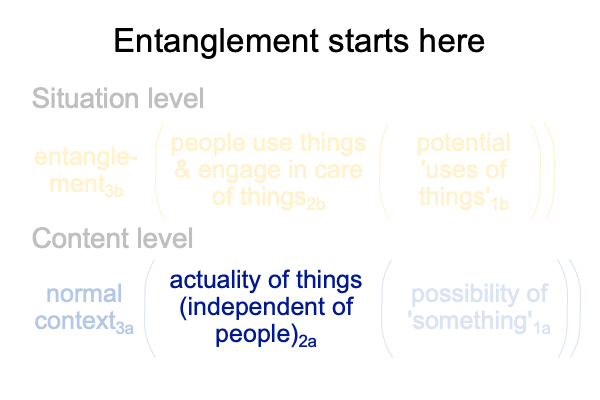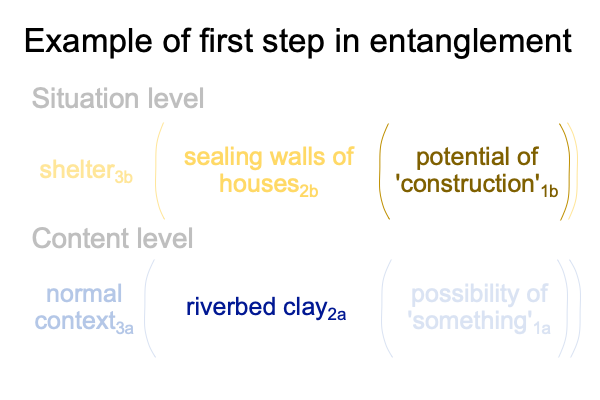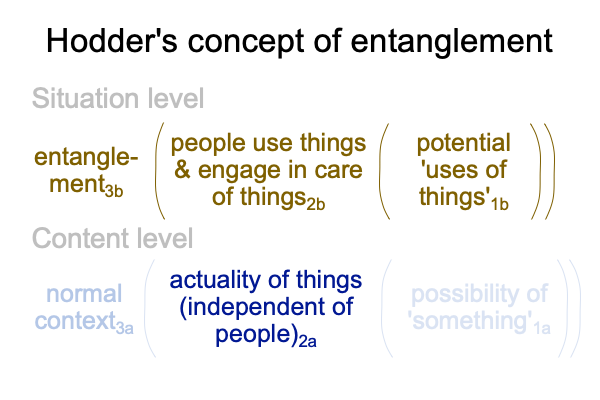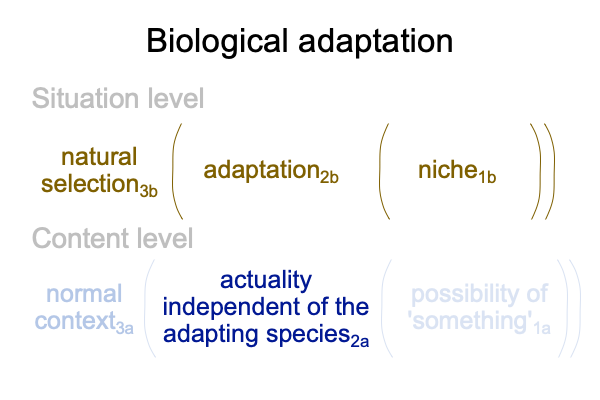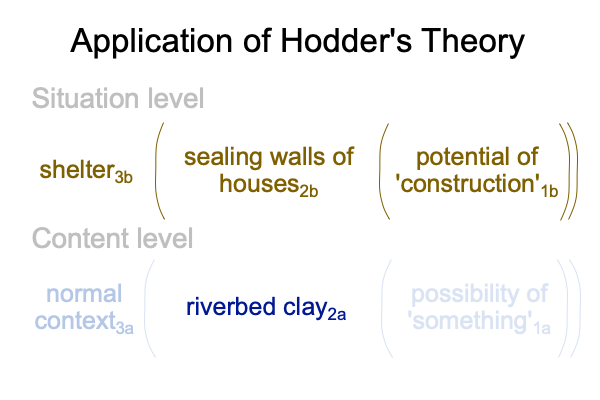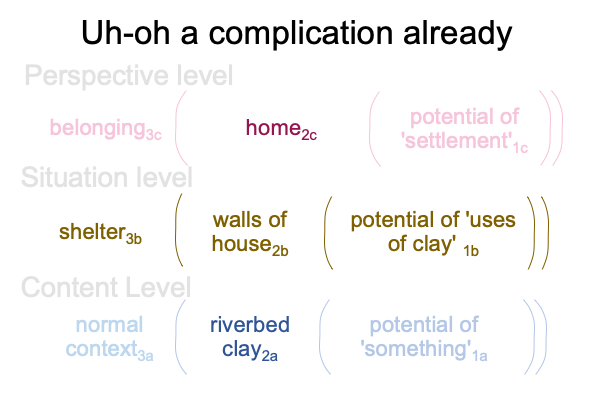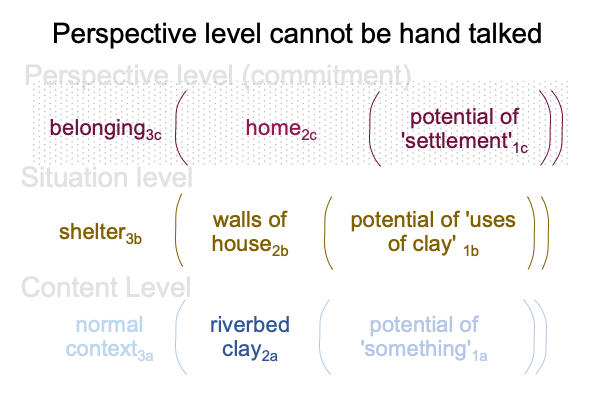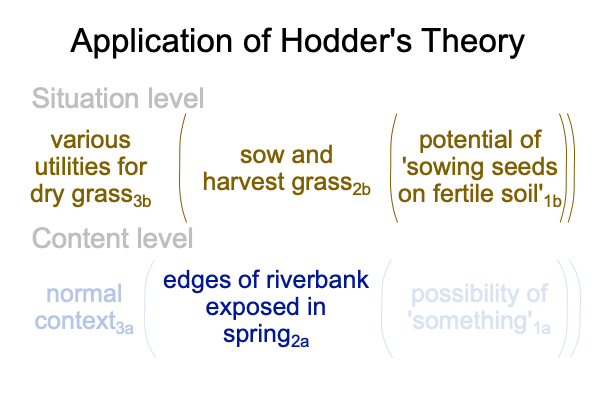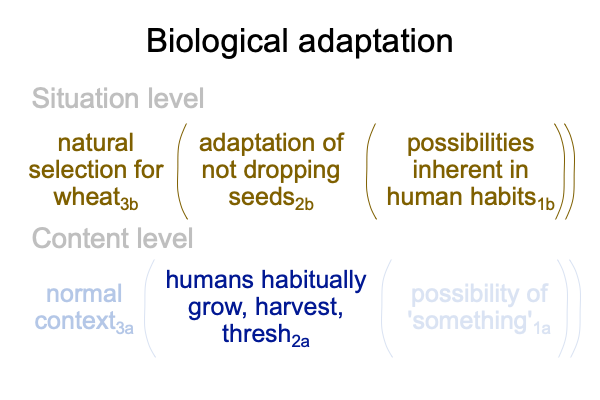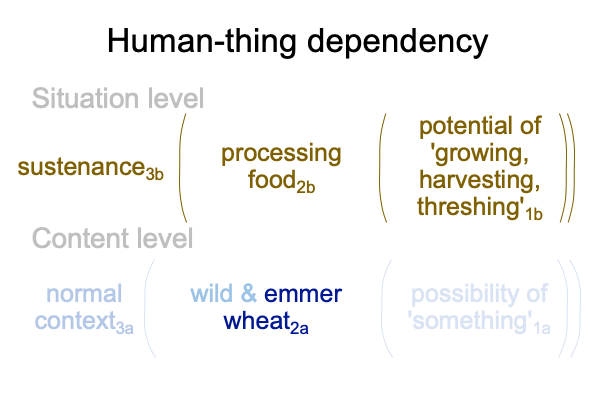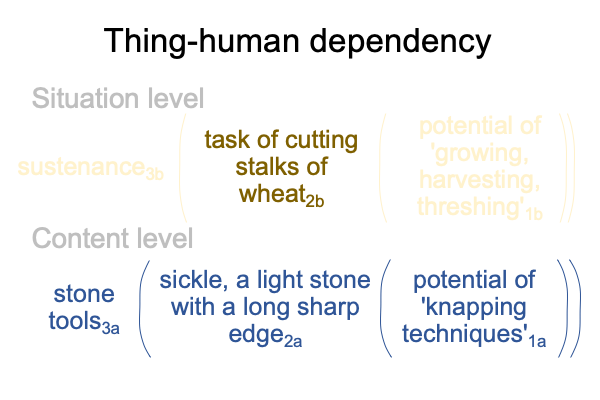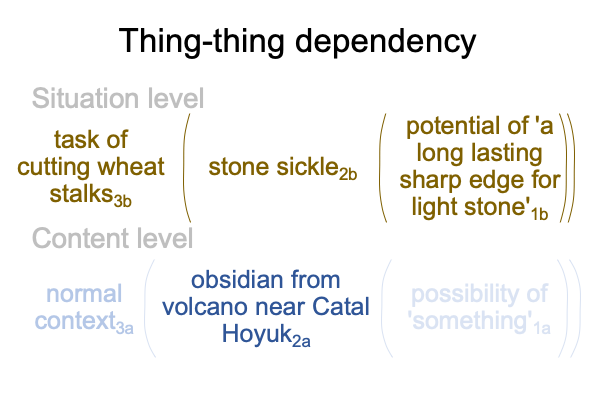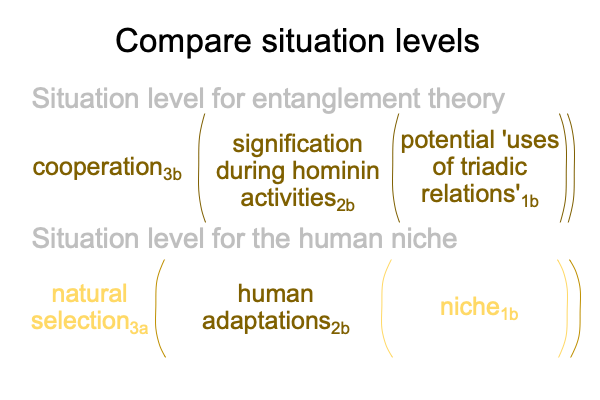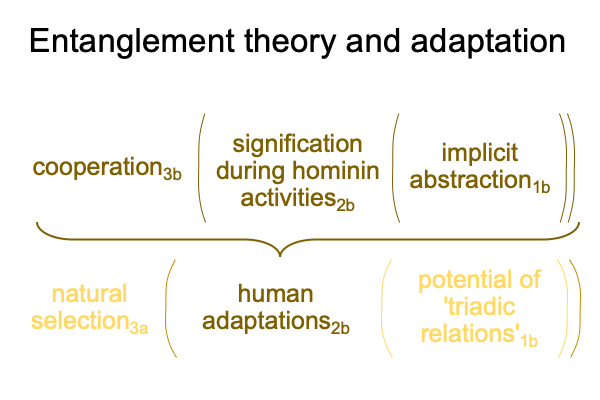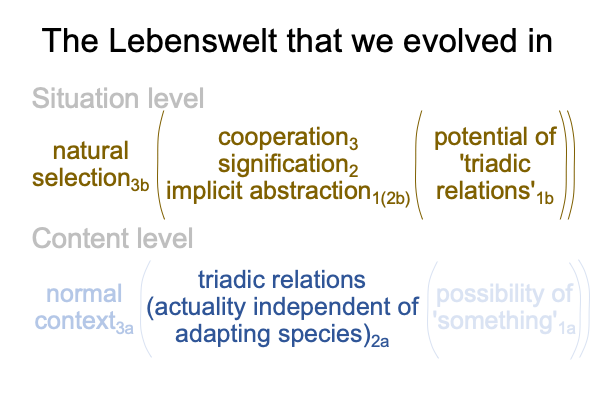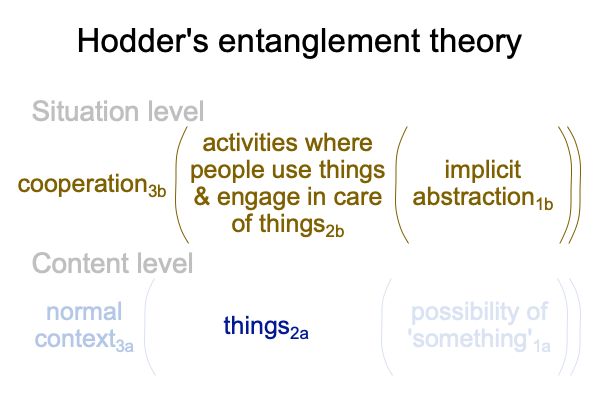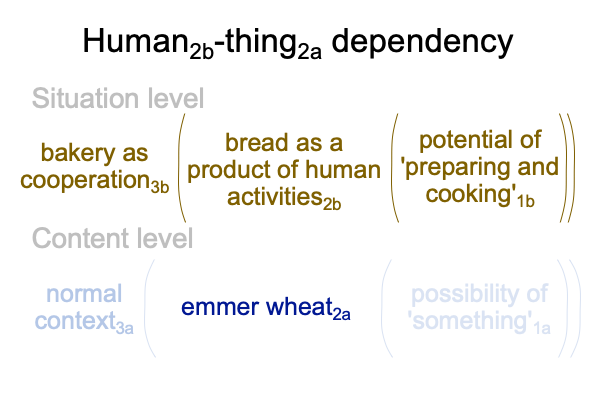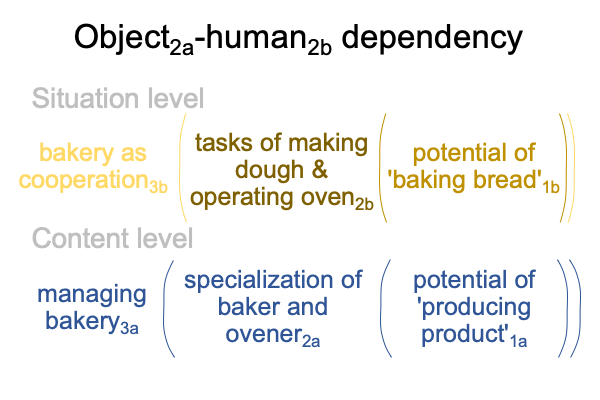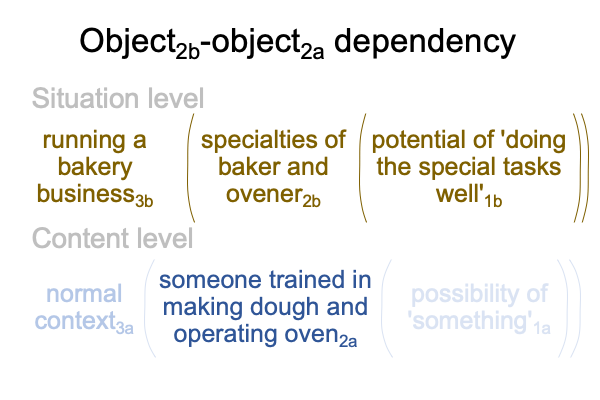Looking at Ian Hodder’s Book (2018) “Where Are We Heading?” (Part 1 of 15)
0001 Consider the title of archaeologist Ian Hodder’s recent book.
What is the question really asking?
Are we heading somewhere?
0002 The problem?
Who would purchase a book with an honest title, such as, “Are We Heading Somewhere?: The Evolution of Humans and Things”?
Everyone knows where we are going.
We are going to hell.
0003 So, maybe my first question concerns what Hodder’s titular question is really asking.
For my second question, I consider Hodder’s subtitle and ask, “Is there directionality to human evolution?”
A consensus among general biologists tells us, “Evolution has no direction, because direction implies an overall teleology or purpose.”
But, this is not the case.
0004 Why is it not the case?
An answer can be found in a series by Razie Mah, titled, A Course on Evolution and Thomism, available at smashwords and other e-book venues. This course includes Speculations on Thomism and Evolution and Comments on Dennis Venema and Scot McKnight’s Book (2017) Adam and the Genome.
0005 Here is a quick summary.
The normal context of natural selection3b brings the actuality of adaptations2b into relation with a niche1b.
Plus, a niche1b is the potential of an actuality2a independent of the adapting species.
In order to digest this statement, consult Razie Mah’s A Primer on the Category-Based Nested Form and A Primer on Sensible and Social Construction, available at smashwords and other e-book venues.
0006 Here is a picture of the quick summary.
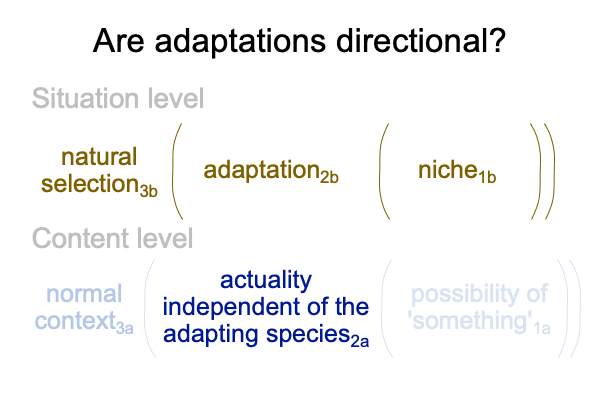
0007 What is a niche1b?
A situation-level niche1b is the potential of a content-level actuality independent of the adapting species2a.
0008 Does that mean that biological evolution has direction?
0009 On the one hand, biologists confuse everyone with their declaration that evolution has no direction. For living systems, natural selection3b encourages adaptations2b in response to a variety of proximate niches1a, which are actualities, more or less independent of the adapting species2a. There is no telling which proximate niche1b will turn out to be decisive. Most likely, the proximate niche1b is the potential of an actuality2a that directly benefits or challenges the creature’s reproductive success2b.
Plus, there are various surprises, like a huge meteor striking the planet Earth, which changes all proximate niches so dramatically that mass extinctions occur. So, biological evolution, on a grand scale, appears to play out as a contest to adapt to proximate niches, which are themselves contingent on planetary conditions.
0010 On the other hand, the above diagram shows that biological adaptations are directional. They are teleological. There is an actuality2a, independent of the adapting species that either encourages or inhibits reproductive success1b. Genetic recombinations will throw up a variations among a species’ phenotypes. Some of these phenotypic variations will prove more successful than others at exploiting the actuality2a or avoiding the actuality2a. Biologists label this eventuality, “differential reproductive success”.
0011 Adaptations2b reveal that the niche1b is… to use a theological term… teleological. The niche1b is the potential that becomes manifest when a biologist reflects upon the adaptations of a particular species2b in the normal context of natural selection3b. The niche is like a boulder in a river than causes water to flow around it. The rock is an independent actuality. The river adapts.
0012 Does that mean that biological evolution has a direction?
In the same way that a river of water running to the sea has a direction?
0013 The difference between a river of water and the river of life concerns altitude. Water runs downhill. When it gets to the sea, its niche is exhausted. Life runs uphill. It converts a huge amount of energy (think of water running downhill) into a little amount of energy that the organism can use (think of a waterwheel grinding grains of wheat into flour). Consequently, life is precarious. Death is ubiquitous.
So, a niche1b is all about staying alive.
0014 Actualities independent of the adapting species2a pose opportunities and hazards. These have the potential to constitute niches1b. A niche1b is relevant enough to increase the reproductive success of some in the adapting species, as opposed to others, in the normal context of natural selection3b. The successful ones adapt2a to their niche1b. Life is always climbing uphill. Death is tumbling down.
0015 So, where are we heading?
Ian Hodder suggests an answer.
Things can keep us alive. So, it behooves our ancestors, the hominins, as well as ourselves, the humans, to attend to the things that keep us alive.
He calls this adaptation: “entanglement”.

